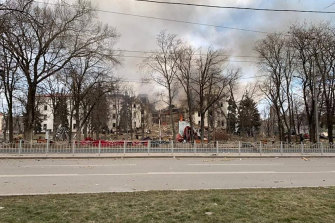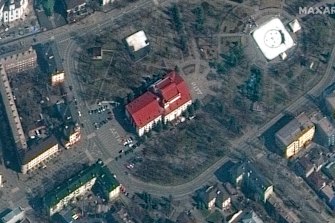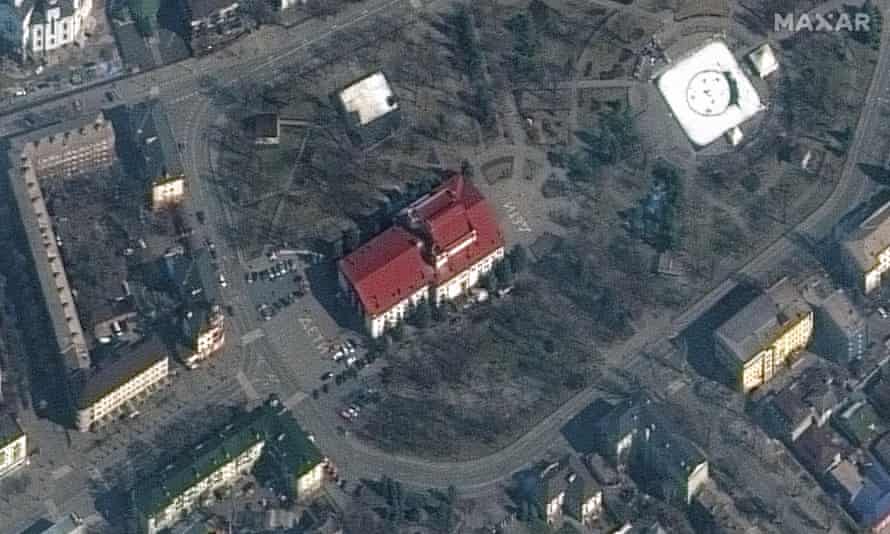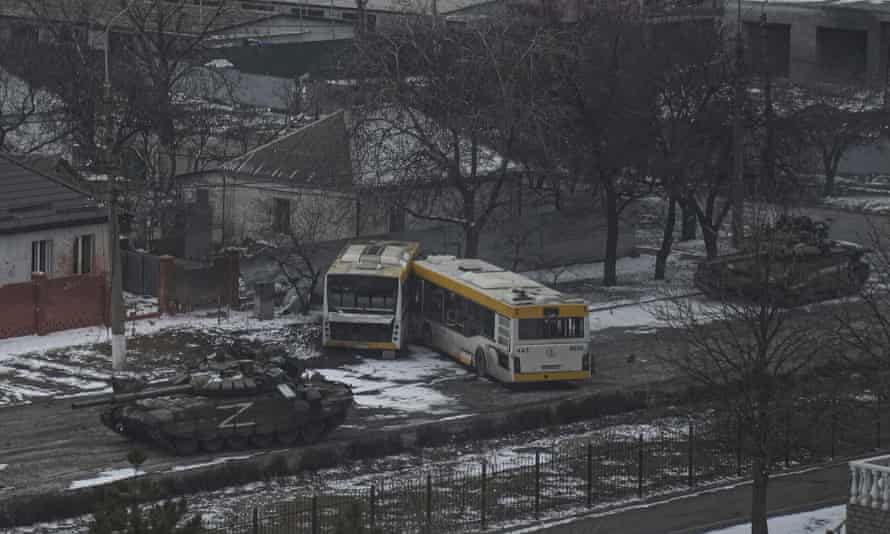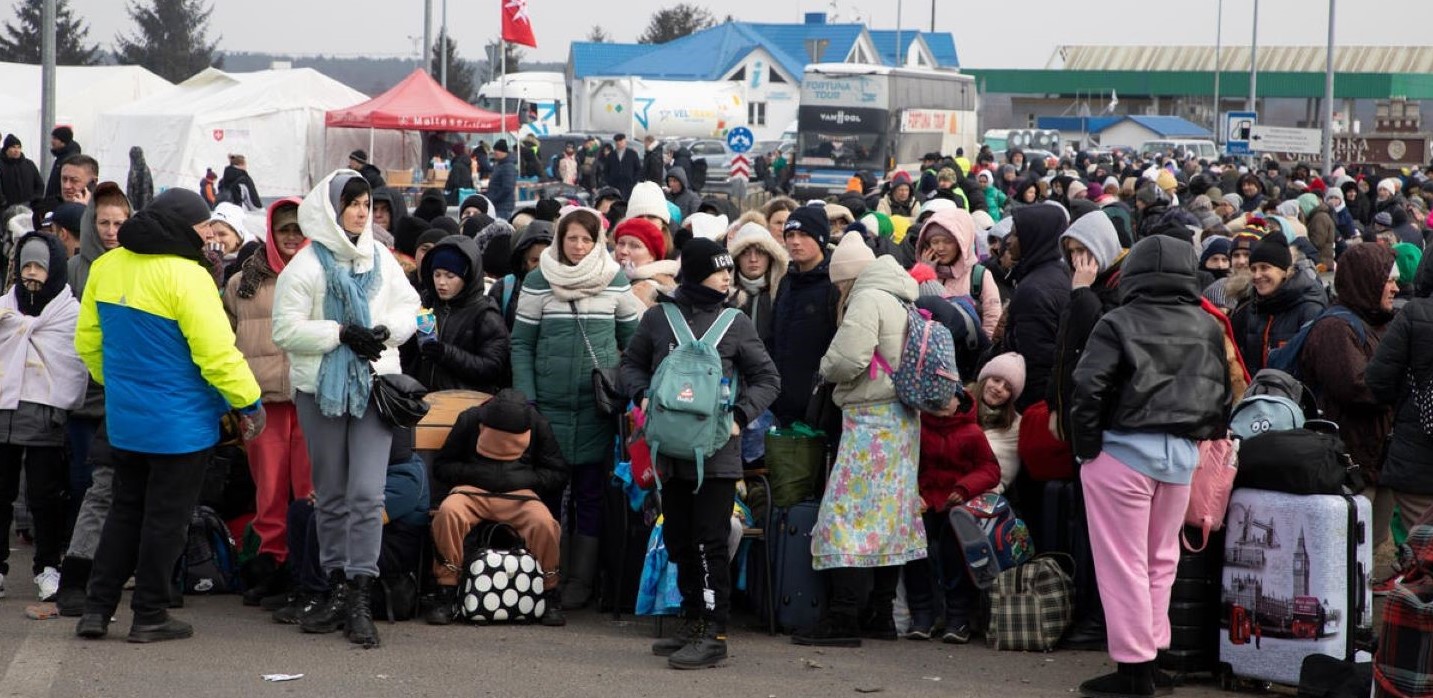The invasion of Ukraine opened the floodgates to disinformation. Follow our 6 step guide to protect yourself and avoid being swept away by untrustworthy news stories.
by Eleanor Brooks
March 16, 2022

Disinformation is playing an outsized role in the Russian invasion of Ukraine, and there is mounting evidence that Russians are being deliberately misled by their government and state-controlled media outlets. Russian propaganda is also amplified by state-run media within the Europe Union, for example, in Hungary.
Disinformation poses a major threat to democratic societies in peacetime as well. Conflicting versions of events muddies the water, which makes it difficult for people to know the truth about what is happening. Without an accurate picture, it is harder for citizens to speak out and make their voices heard about issues which matter to them. Disinformation can also distort public debate, threatening free and fair elections.
What is disinformation?
Disinformation is false information that is shared with the intention of misleading people. The sharer of the “news” knows that it is false and intends to deceive their audience. Unlike misinformation (misleading, inaccurate or completely false information that is shared without the person knowing it is incorrect), the sharing of disinformation isn’t done in good faith. Rather, it is a deliberate intention to create division and stir up fear by knowingly spreading content that is incorrect.
6-Step Disinformation Guide
Conspiracy theories have become more sophisticated as of late, so in order to be alert to disinformation it is essential that you adopt a critical mindset to all the online content you consume. Before sharing anything, take a pause and go through this checklist.
1. Know your author
As a first step you should consider, who is the author?
Is the author regarded as credible? Is this person simply stating their opinion or sharing anecdotal evidence? You should be extra cautious about information circulated on social media, messaging apps and messaging boards.
Just because someone has a high follower count or a verified account on social media, it doesn’t necessarily mean their content is trustworthy. You should be particularly wary of accounts that have recently joined the platform.
2. Know your outlet
On which platform or outlet did you find the information? Consider the trustworthiness of the outlet you are using and verify the information against other sources.
If you read something on social media, check to see if the same story is also published by larger, well-established news outlets. If you read a story in a politically extreme outlet, are other news outlets running the same story?
3. Verify the evidence
Is the claim supported by reliable evidence? Look closely at the evidence that is offered – do the details match the current story e.g. location, weather, setting? Watch out for repurposed content from an older news article or an entirely different event.
4. Crosscheck images and videos
If you have a hunch that the evidence provided is dodgy, listen to your instinct. There are plenty of tools and strategies available to verify whether an image or video is legitimate.
·Check to see if an image has been photoshopped: by checking an image's metadata you can see if it has been doctored. Use EXIF tools on your smartphone such as the app ExifWizard
·Reverse image search – take a screenshot and search for the image using Google’s reverse image tool, or other similar tools such as Tineye.com or the Google extensionRevEye
· Use an Amnesty International tool which verifies YouTube videos
5. Check your facts!
If a story seems fishy to you, there are plenty of trustworthy fact-checking websites who debunk conspiracy theories and misinformation.
·Snopes
·FactCheck.org
·Bellingcat (ANTI RUSSIAN BIAS)
·Google Fact Check Tools: lists recent fact-checks by various online publications
6. Report it!
If you spot a fake story online, report it to the platform and send it to a fact-checking website. If one of your friends posted the story – send them this guide!
Why is it important to combat disinformation?
Equipped with your heavy toolbox, you might be wondering if all this is going a bit overboard. But now more than ever we need to be vigilant, which is why Liberties has been working hard to campaign for EU legislative reform combatting disinformation. The twin crises of the Covid-19 pandemic and the Ukraine invasion have been a breeding ground for conspiracy theories and disinformation. As a result, even well-intentioned people have been a source of misinformation by sharing falsehoods and manipulated content.
Disinformation sows seeds of distrust. But it is even more dangerous if people believe it and share it. By resisting and reporting disinformation, you are doing your part to protect democracy. Spot it, and stop it!
Read more articles on this topic:
Putin’s Invasion of Ukraine Should Spur EU Leaders to Strengthen Democracy at Home
We Are With Ukraine
#DemandingOnDemocracy, populism

